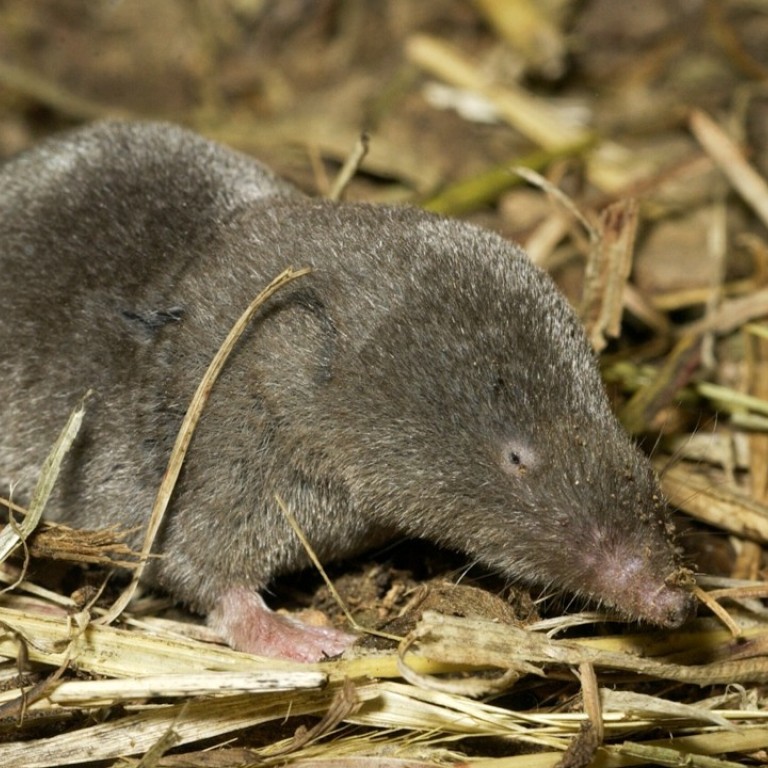
Shrews’ skulls and brains shrink in winter, then grow back, study finds
The skulls of shrews, a tiny mouse-like mammal, shrink in the winter and then regrow to nearly their previous size in the spring, say scientists who confirmed the baffling process in a study published Monday.
Little is known about what causes the cycle of skull shrinkage and regrowth, but the researchers say the process may help shrews, which do not migrate or hibernate, survive the winter.
“Reducing head size – and thus brain size – might save energy disproportionally as the brain is energetically so expensive,” said Javier Lazaro, lead author of the study by researchers at the Max Planck Institute of Ornithology in Germany.
The impact on the shrews’ cognitive abilities is a possible subject of future research.
The skull shrinkage in shrews has been observed before, but the study published Monday in Current Biology was the first to document the process by observing a dozen shrews over the course of the seasons from the summer of 2014 to the fall of 2015.
X-rays were used to measure the shrinkage and growth.
The shrews’ skulls shrunk by up to 20 per cent during the winter and then regrew by 15 per cent in the spring.
Not only did their skulls shrink, but so did the rest of their bodies – several major organs lost mass, their spines got shorter and their brain mass decreased by 20 to 30 per cent.
Earlier studies had suggested that larger shrews died off, but the new study found this did not happen.
“This means every single individual undergoes this change every winter, which remains baffling to us,” Lazaro said.

.png?itok=arIb17P0)